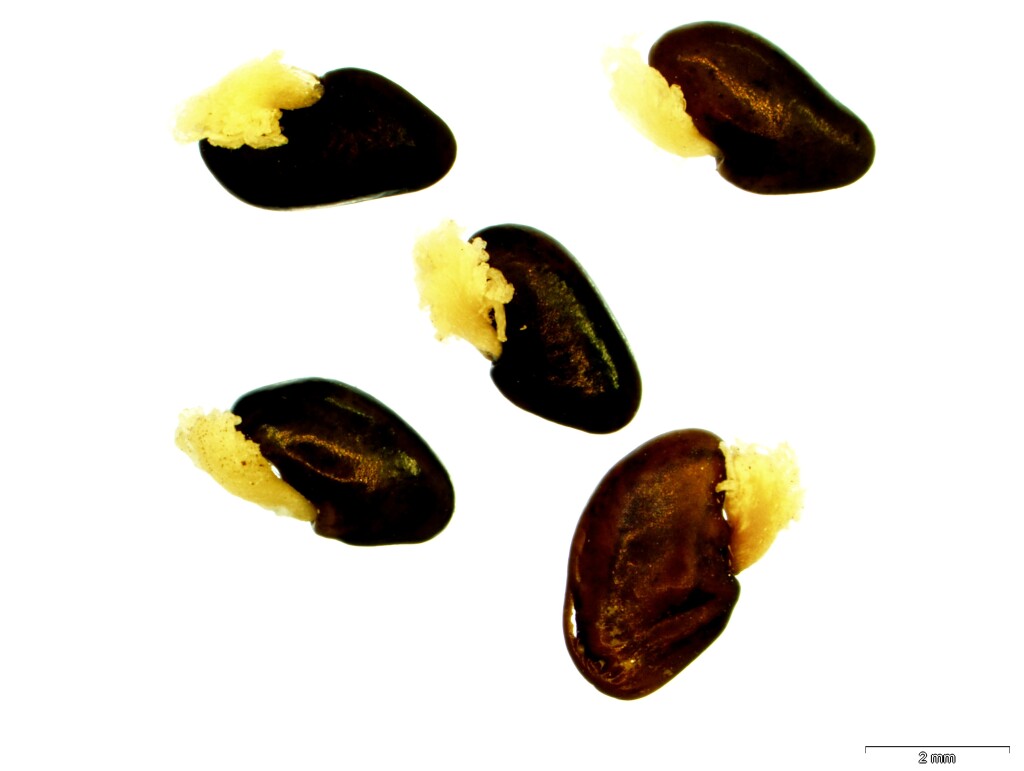Pultenaea benthamii
F.Muell. Bentham's Bush-peaShrub to 3.5 m high; stems slightly ridged, hairy when young. Leaves alternate, narrowly elliptic 5–25 mm long, 1–3 mm wide; apex acute, tapered to a long, pungent point; upper surface glabrous, darker than lower; lower surface usually hairy; margin recurved; stipules 1–2 mm long, appressed to stem. Inflorescence a head-like cluster of more than 3 flowers, terminating lateral shoots; bracts broadly to narrowly ovate, 3–6 mm long, hairy at base and along centre, deciduous at anthesis; enlarged stipules persistent at base of pedicels; calyx 6–7 mm long, covered with pale hairs; bracteoles attached at base of calyx tube, lanceolate, 4–5 mm long, extending beyond lobes, conspicuous, dark brown, hairy at base; standard 11–12 mm wide; ovary and base of style densely hairy. Pod flat. Flowers Sep.–Nov.
Wim, GipP, GGr, DunT, EGL, EGU, HSF. Also NSW. Occurs in moist forest, usually on mountain slopes mainly in the Grampians, but with disjunct occurrences in the east (e.g. near Mt Kaye and in the Howe Range).
Populations showing a variety of leaf forms have been recorded in the Grampians on Mt William and near Mirranatwa Gap. Although most plants appear to set seed they have been presumed to be hybrids with Pultenaea scabra. Seed germinated from these plants has produced typical P. benthamii plants.
Corrick, M.G. (1996). Pultenaea. In: Walsh, N.G.; Entwisle, T.J., Flora of Victoria Vol. 3, Dicotyledons Winteraceae to Myrtaceae, pp. 765–793. Inkata Press, Melbourne.
 Spinning
Spinning
